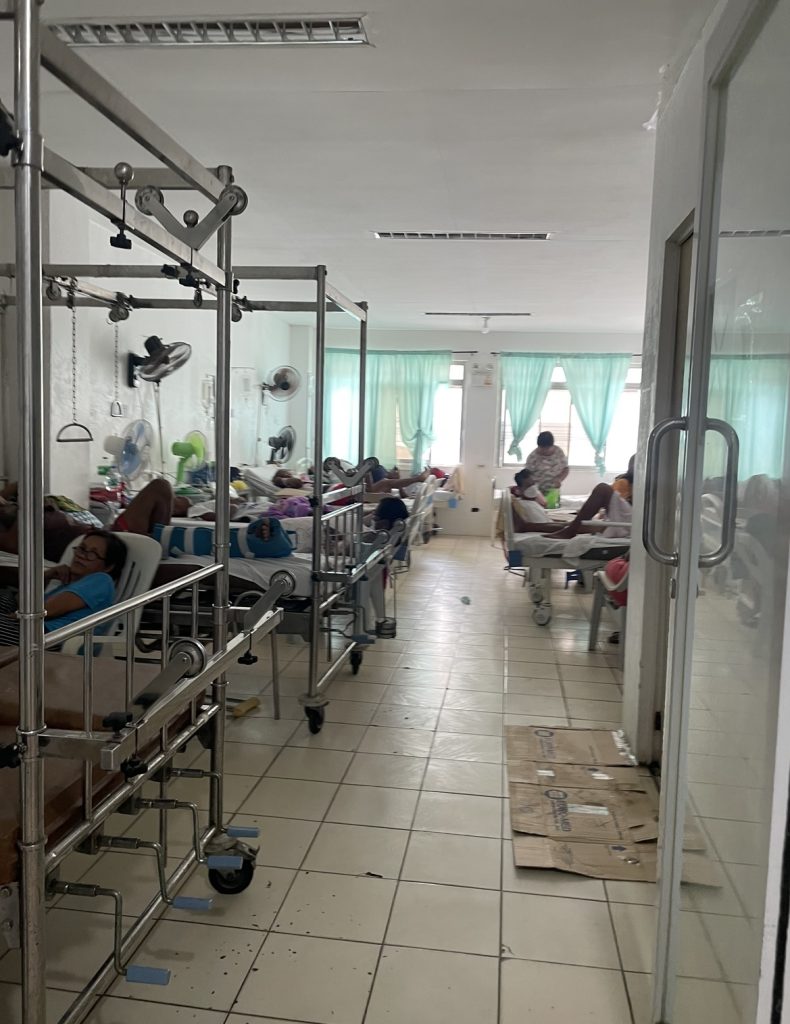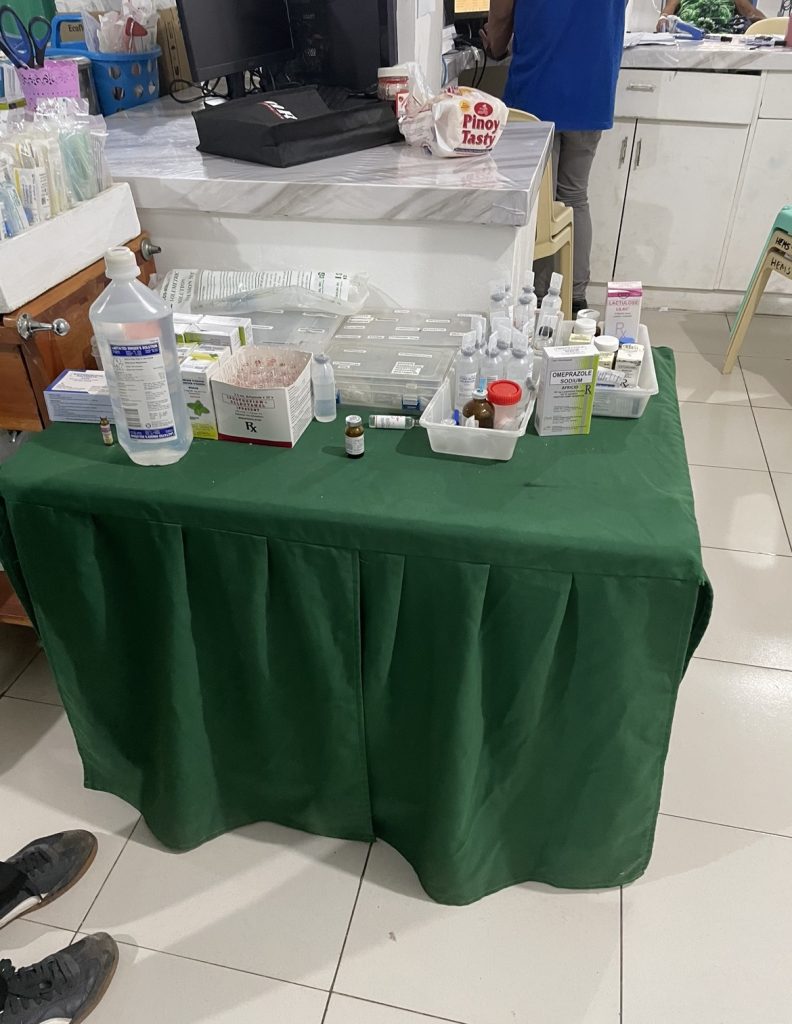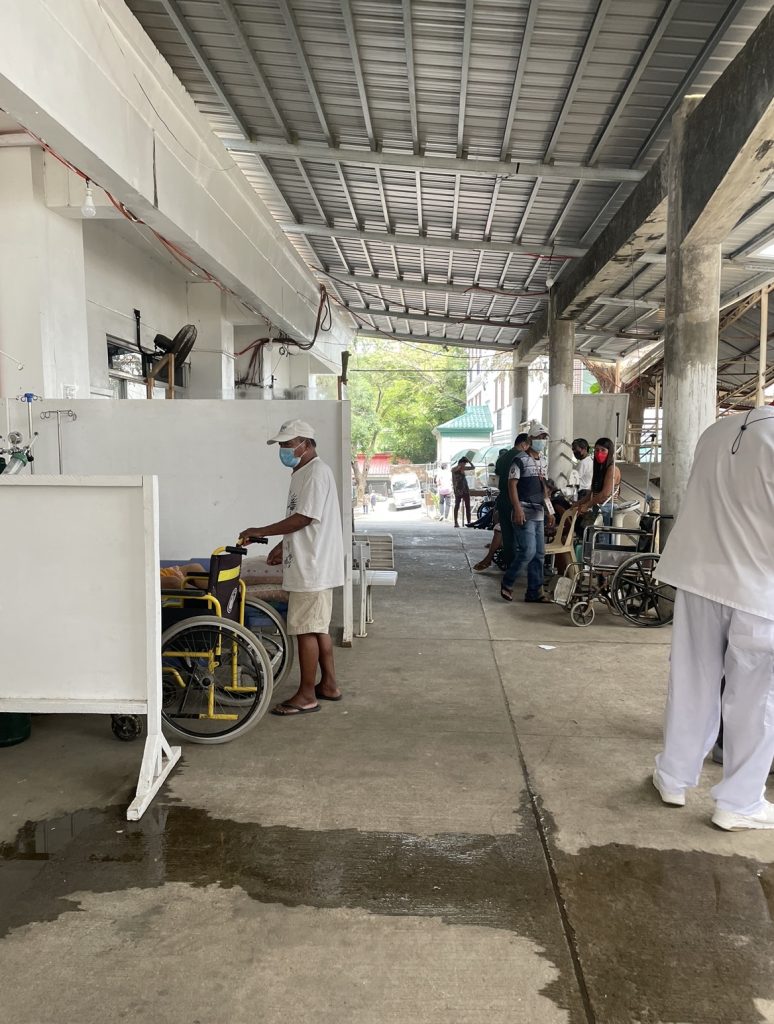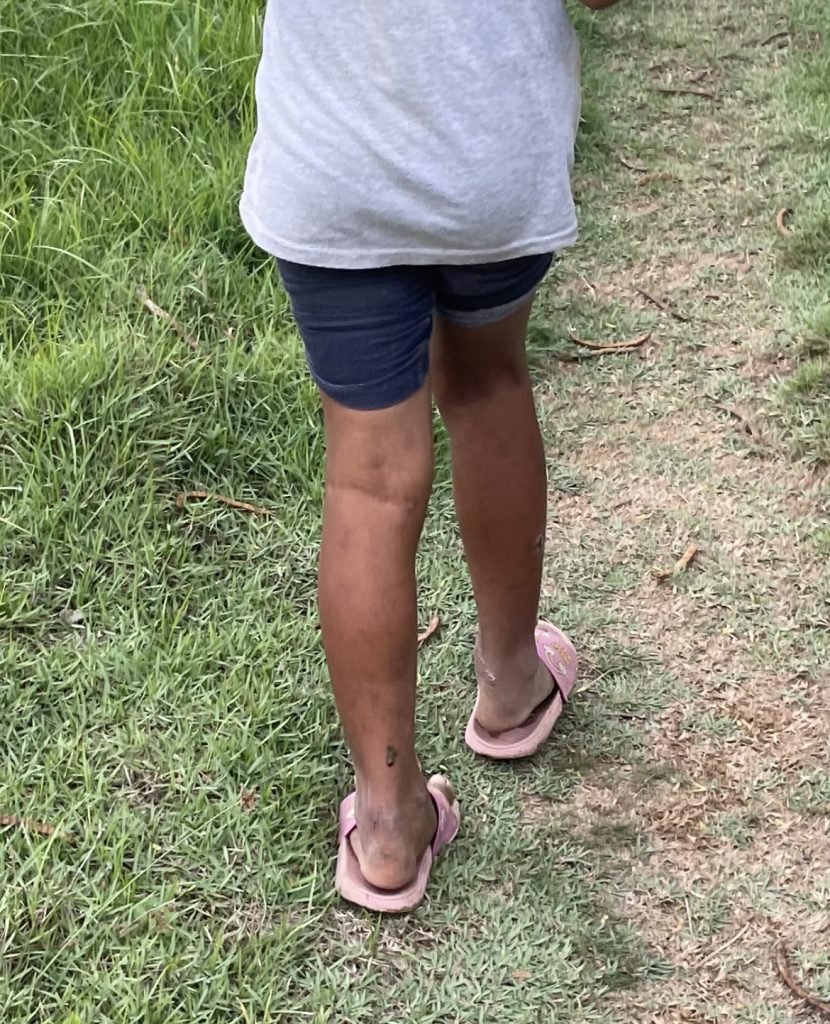Preventative Care:
It is common in most developed countries to have routine medical checkups. That way, things can be caught early on before an emergency situation is required. In nations that struggle to provide any healthcare to their citizens, prophylactic treatment is the least of their concern. Here in the Philippines, most people use the public health system. However, similar to my last post about my experience with public hospitals, it can take days, weeks, even months to be seen, and that of course is if you even have the money.
My first time in the Philippines back in 2019, I visited a public hospital in San Pablo City, Laguna. The word baffling is honestly an understatement to my genuine reaction I had upon entering the hospital. Not only were the wards packed full with patients, many without beds, but there was a complete absence of hygiene, AC, or even healthcare workers. In the pediatric unit, there was 1 nurse for the entire floor full of at least 40 patients. One story will stick with me forever.
A mother had just given birth to her 10 day old son. When I went over to look at the beautiful baby boy I quickly realized there was something very wrong. His lips were blue and he would only breathe once every few seconds. I asked the nurse to help him and she told me that not only do they not have the supplies, but the mother can not afford to pay for treatment. My Mom and I ran to the pharmacy and bought everything on the prescription and rushed back to the hospital. Within minutes of the nurse treating him, he began to breathe normally again.

NICU area 
General Ward
I couldn’t believe that they would just let the baby die because the mother could not afford treatment. It is a horrible reality that many Filipinos who are low on the financial ladder experience this type of treatment in Public hospitals similar to this one.

Med Cart in Public Hospital 
Public Hospital ER 
Waiting room for ER
Treatment of healthcare workers:
Nurses and Doctors are not treated nearly the same way they are in America. Not only are they not highly respected, but they barely get paid an adequate salary for the immense amount of work they do. In fact, it is why so many people will get their nursing degree in the Philippines and emmigrate to America or other countries for better pay. Most of the time, these workers will send money back home to support their families and will go months, years without seeing their loved ones. This leaves hospitals short staffed which is why they are so overwhelmed with patients and getting medical care takes so long.
One of my coworkers actually told me she was a nurse before her current job as a Medical technologist Coordinator for the government. She passed her NCLEX and had planned to move to California but unfortunately, it did not work out. Her job now pays more than it would be to work as a nurse. That is just so crazy to me! And let me tell you, the nurses here are so incredibly smart and work so hard. I can’t even imagine being treated the way they are for everything they do and the conditions they work in. In addition, becoming a doctor is also not an ideal profession to go into. For having to go to school for so long, you make just as much as any other “high paying” job. This is also why the number of doctors here is so scarce. There was another person who had told me she was a doctor before but went back to school to become a nurse so she could work in the United States for much higher pay than what she was doing!
Access to medical care:
Remember when I talked about transportation a few posts back? That plays a HUGE part in how one receives medical care. Especially for those who live in rural places, the closest (real) hospital may be many hours away. During my time in the field, I learned that in one of the Barangays I was a good 2 hour drive away from a hospital- and that’s of course by car. Many people rely solely on public transportation to get around and do not have access to a private form of transportation. What happens if there’s an emergency? For many, you find anyone nearby that can help. Some people will go their entire lives without seeing any medical attention. A large reason for this is that they have no way of getting there.
My first trip to the Philippines we visited one of the largest Slums in the Philippines called Tondo. It is miles long and miles wide packed full of people who live in makeshift homes and constantly struggle everyday to survive. As we were passing out food to some of the individuals who lived there, I noticed the incredible amount of homeless children who didn’t have anyone taking care of them. I also met a woman who was about to give birth to her 4th child- she was 19 years old. I asked her where she would go to deliver her baby. She told me her neighbor comes over when she is ready to deliver. As the overwhelming amount of thoughts about all the possible things that can go wrong, I was left simply amazed that so many people live like this- and its totally normal to them.

Although there is so much more I could talk about in regards to health care here in the Philippines, I feel that these short testimonies alone can paint a pretty vivid picture of the harsh realities that exist here. Ever since my first trip to the Philippines I had considered working as a Nurse without boarders in developing nations who lack medical care. Now, having been here a second time and developing an even greater understanding of how many people are marginalized in health care, I have only been affirmed that it is what I am supposed to do.
